The House Book revisited
Earlier this month, I finally bought a book I first encountered decades ago. I was browsing the Bloor Street branch of BMV, and there it was, nestled in the interior design section: The House Book. The irresistible price of nine dollars convinced me to take it home.
Once upon a time it was my go-to source of afternoon reveries during family shopping trips to the mall. We'd typically split up and arrange to meet at WHSmith. When I'd exhausted the fiction section, The House Book was the next destination, its iconic red brick cover promising no end of fascinating rooms inside.
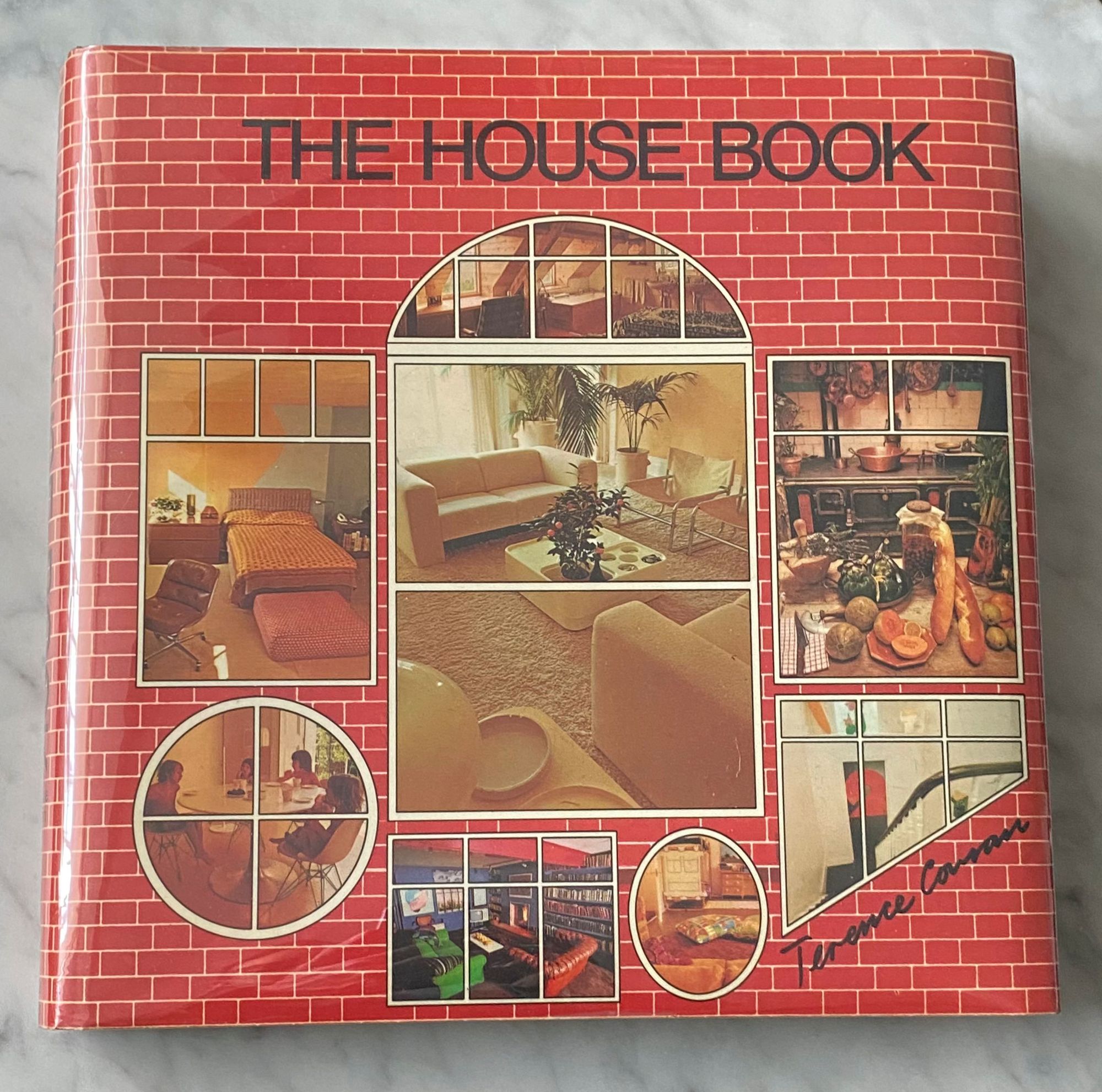
Flipping through it now, I'm immediately reminded of why I loved it as a kid. The colourfully decorated spaces had the same verve as Children's Village at Ontario Place. There was room to climb and sprawl and play and hide.
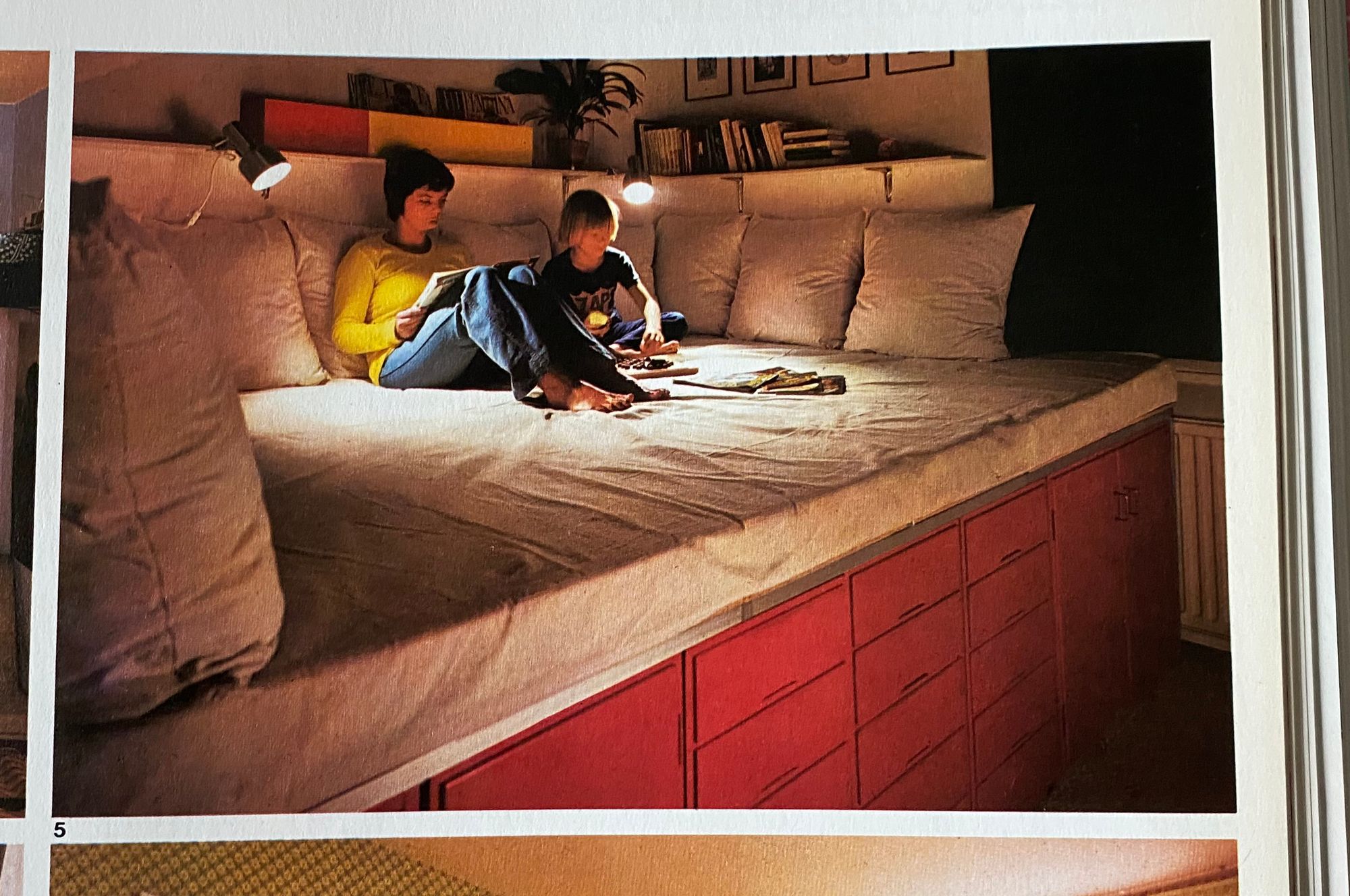
First published in 1974, the book was the brainchild of British design impresario Terence Conran. It went through many reprintings – my edition is from 1981 – and while very much a practical handbook to creating a well-functioning home, it also defines the exuberant aesthetic of an era.
Some of the photos with people evoke the same emotions in me as old family albums. The sight of three children in identical striped sweaters, for example, brings me back to our family vacation to Disney World, my three brothers and I required to wear matching outfits to reduce the chance of getting lost in the crowd.
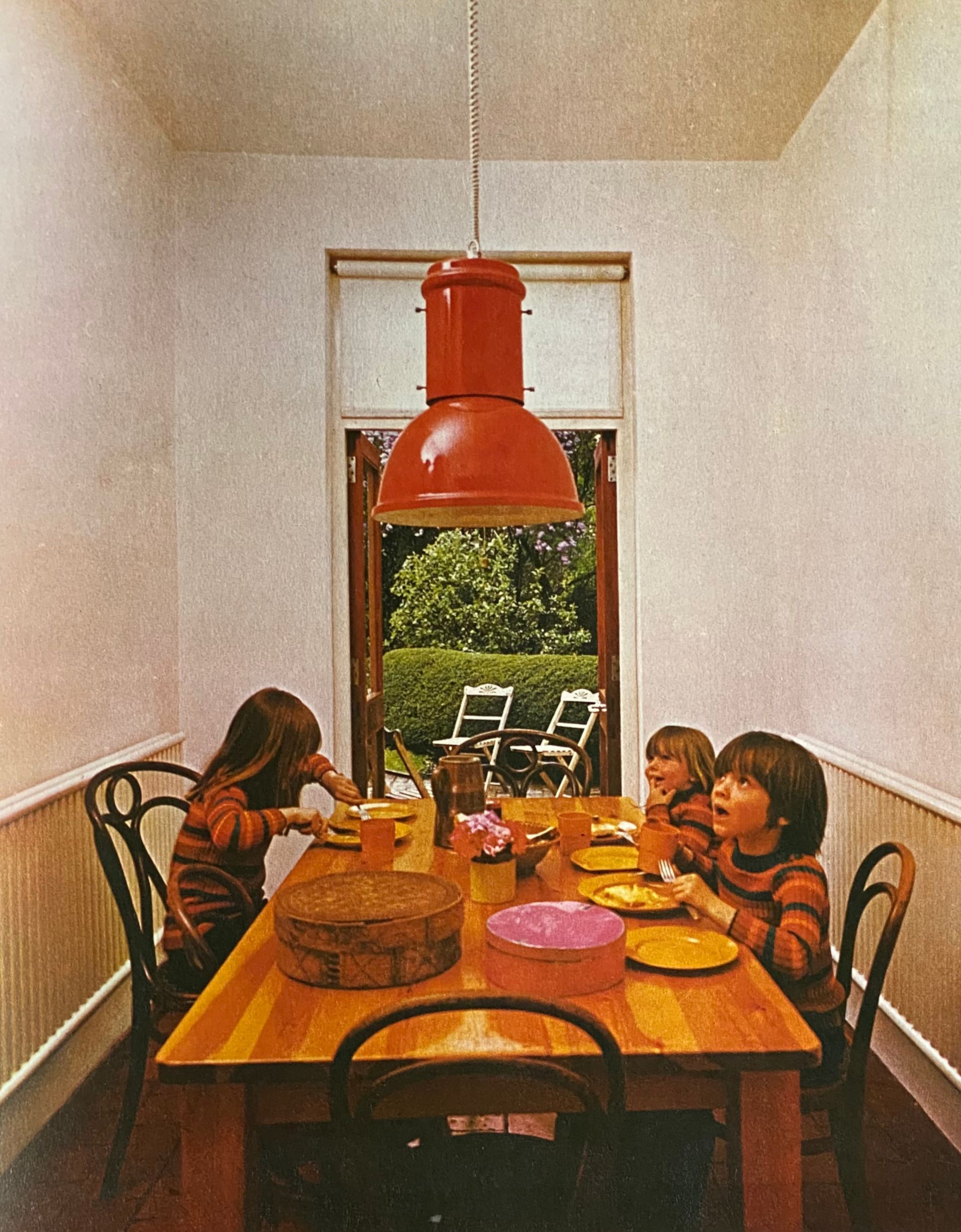
There's plenty of guidance that stands the test of time. A section on one-room living is prescient about how we maximize small spaces today.
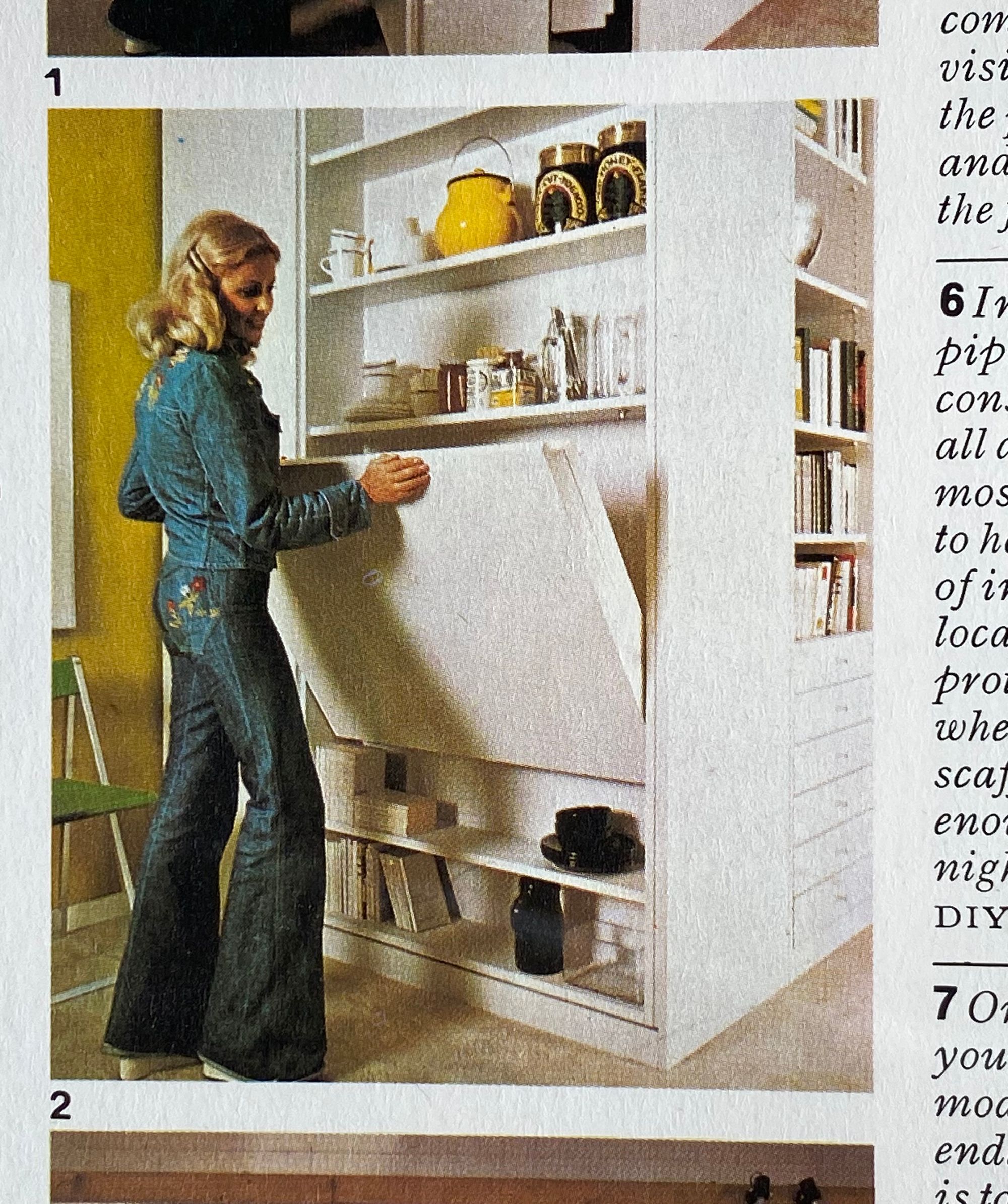
It's fun to identify the design trends that were fresh then and have had a resurgence. You'll find scenes with rattan furniture, sunken living rooms, checkerboard patterns, lavish houseplants, all looking like pages torn from this month's shelter magazines.
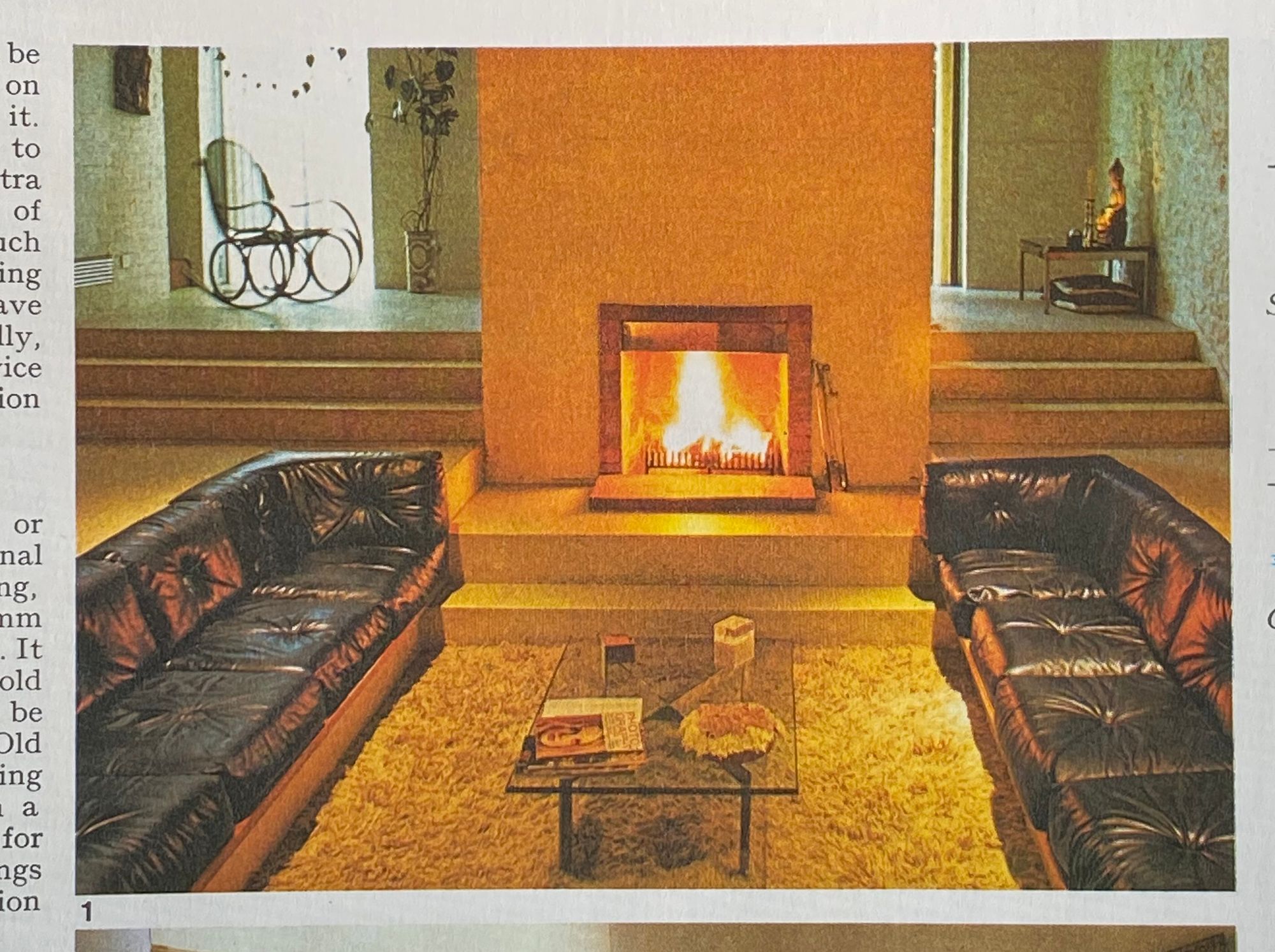
And of course there's the ubiquitous presence of Marcel Breuer's Cesca chair.
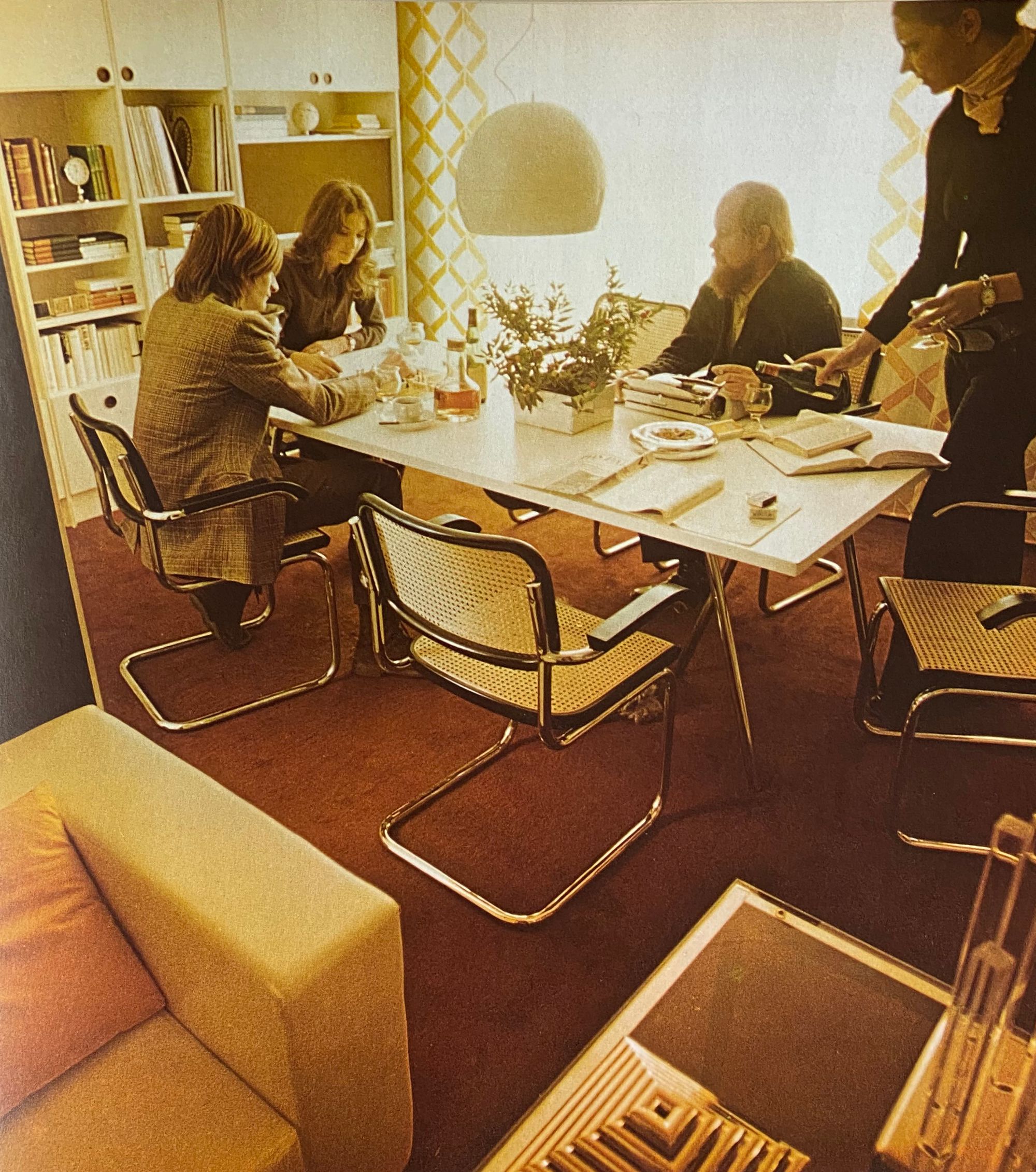
There are also long-lost design enthusiasms that are still waiting to be rediscovered. I won't spoil the surprises for you, in case you get the book yourself.
What keeps me transfixed, though, are the eerie inexplicable moments that make the past present. Like Proust's madeleine, the book brings a remembered world to life.
The strangest photos are the ones I scrutinize most.
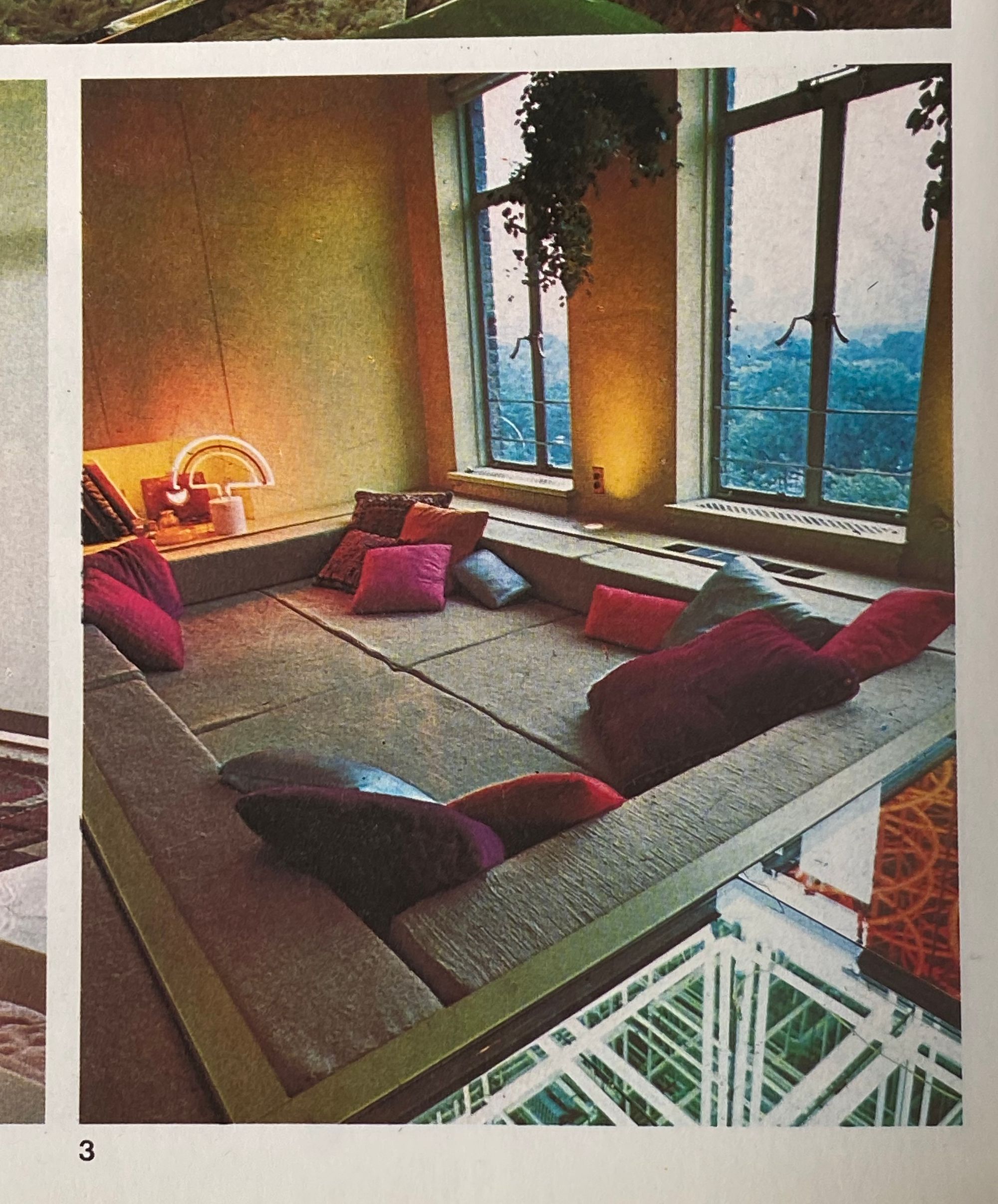
It's as if I'm still straining to capture what I saw there as a child.
I haven't even come close... yet.
Until next Wednesday,





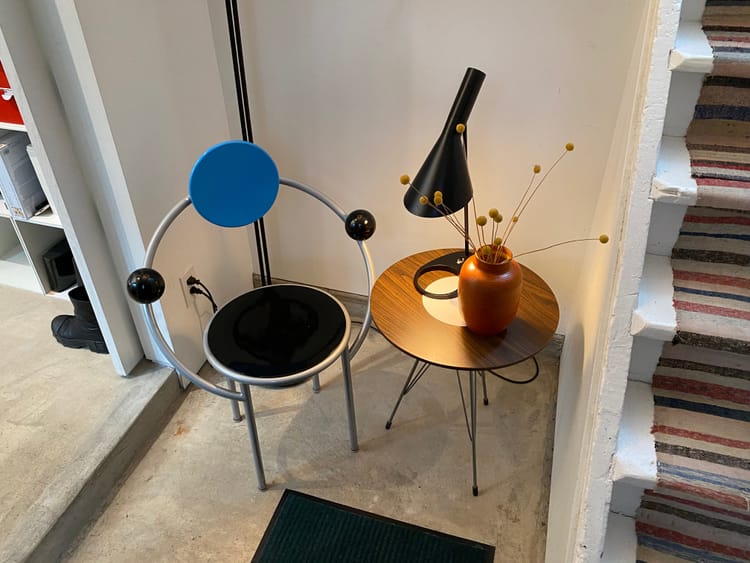

Member discussion